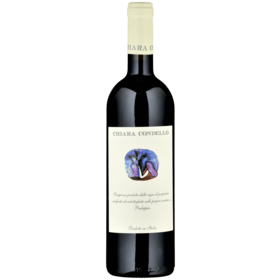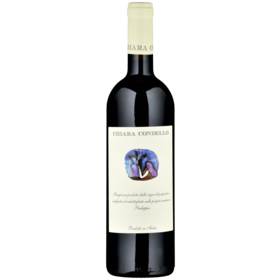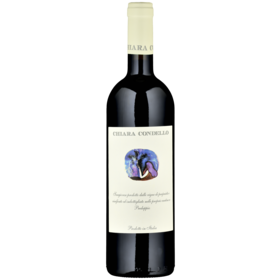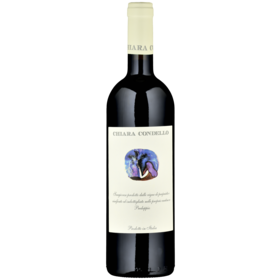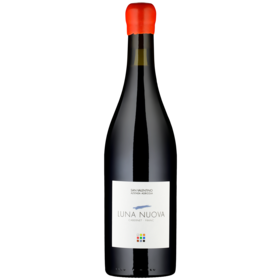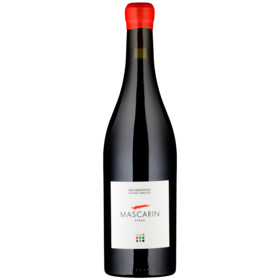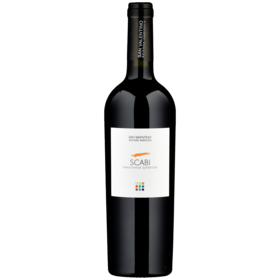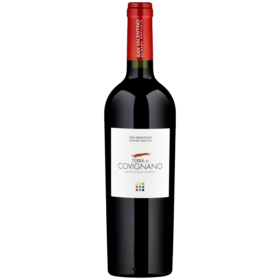Italy
Emilia Romagna
Although mass production dwarfs the output of its quality growers, Emilia-Romagna counts among Italy’s most diverse wine regions, with a rich heritage to match that of its culinary treasures.
Emilia-Romagna in the heart of northern Italy is divided into two parts. Emilia, which stretches from the Po Valley to Tuscany, boasts a Mediterranean-influenced climate and rich, fertile, alluvial soils. Romagna, on the other hand, is an undulating area situated between Adriatic coast and the outlying slopes of the Apennine mountain range. The calcareous loam soils on these foothills are perfect for grapes, with cooler temperatures helping to prolong the ripening process. Differences in terrain are reflected in a diverse array of microclimates, resulting both in powerful red wines and fresh and distinctive white and sparkling wines.
Sangiovese – and more besides
Emilia is often associated with Lambrusco, whereas Sangiovese vines find their natural habitat in Romagna. Compared to Tuscan Sangiovese, Sangiovese from Romagna is more powerful and tannic in character, guaranteeing excellent ageing potential. Not only do the wines have a character of their own, but they also pair beautifully with the local cuisine. International varieties like Cabernet Sauvignon and Merlot also feel at home on the hilly terrain that extends south of Bologna all the way down to Rimini. These well-travelled grapes help to add body to blends. The authorities introduced the catch-all Romagna DOC protected designation of origin in 2011. Wines from this appellation must be made from at least 85% of the stated variety.
Exciting future
Wine in Emilia-Romagna dates back to the Etruscans. With over 58,000 hectares under vine, the region is one of Italy’s biggest wine producers. And Emilia-Romagna not only boasts viticulture but is also world-famous for such culinary treasures as Aceto Balsamico di Modena, Parma ham, Parmigiano Reggiano and Mortadella.
Emilia-Romagna has made giant strides in recent years. Once a region known mainly for mass production, it has now evolved into a high-quality hotspot. To achieve greater terroir expression, more winemakers are turning to sustainable practices while giving new life to native varieties. The future looks exciting – for lovers of good food and good wine.


